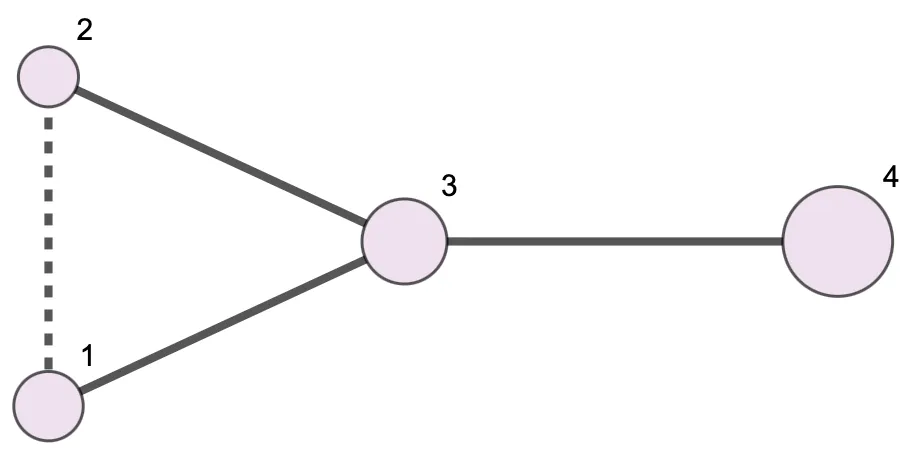The Math of Power Structures: Utility Function and PrinceRank
Political power can be studied not only through history and theory but also through mathematics. In the second part of his series on Power Structure Theory (PST), Michael Poulshock introduces two core equations that describe how actors within a power system adapt their relationships: the utility function and PrinceRank.
Beyond the Law of Motion
In the first installment, Poulshock explained the “law of motion,” which models how power levels change based on relationships among actors. This second part explores the reverse dynamic — how actors alter their relationships in response to the overall structure.
PST uses two building blocks:
A size vector, representing how much power each actor holds relative to others.
A tactic matrix, mapping whether relationships are cooperative or conflictual.
The Utility Function
According to the theory, actors seek power above all. They may pursue absolute power (increasing their own strength) or relative power (gaining advantage over rivals even at personal cost). This preference is encoded in a parameter, alpha (α), where values closer to 2 represent relative power-seeking and those closer to 3 reflect absolute power-seeking.
The utility function expresses how “satisfied” actors are with the distribution of power. It implies that actors prefer:
To be stronger rather than weaker.
To increase their share of total power.
To face opponents who are divided rather than concentrated.
For example, an actor may prefer two weaker rivals over a single strong one, even if its overall share of power remains the same.
PrinceRank
The third major equation in PST is PrinceRank, inspired by both Machiavelli’s The Prince and Google’s PageRank algorithm. PrinceRank calculates how “happy” each actor is in a structure, factoring in their power, relationships, and preferences. It also incorporates time by discounting future rewards depending on an actor’s patience (measured by the parameter δ).
Visualizations of PrinceRank show how incentives shift across a network, sometimes encouraging aggression, cooperation, or realignment. For instance, an actor may attack a rival not for immediate gain but to prevent that rival from growing stronger later.
Broader Implications
Together, the law of motion, utility function, and PrinceRank allow PST to simulate the dynamics of power politics. These tools can “game out” possible moves, showing how balances of power, domination, resistance, or revolutions might unfold.
Poulshock notes that PST is relevant across many domains — from international relations to organizational politics — wherever power is contested.
Read the full essay here: The Math of Power Structures (Part 2).

